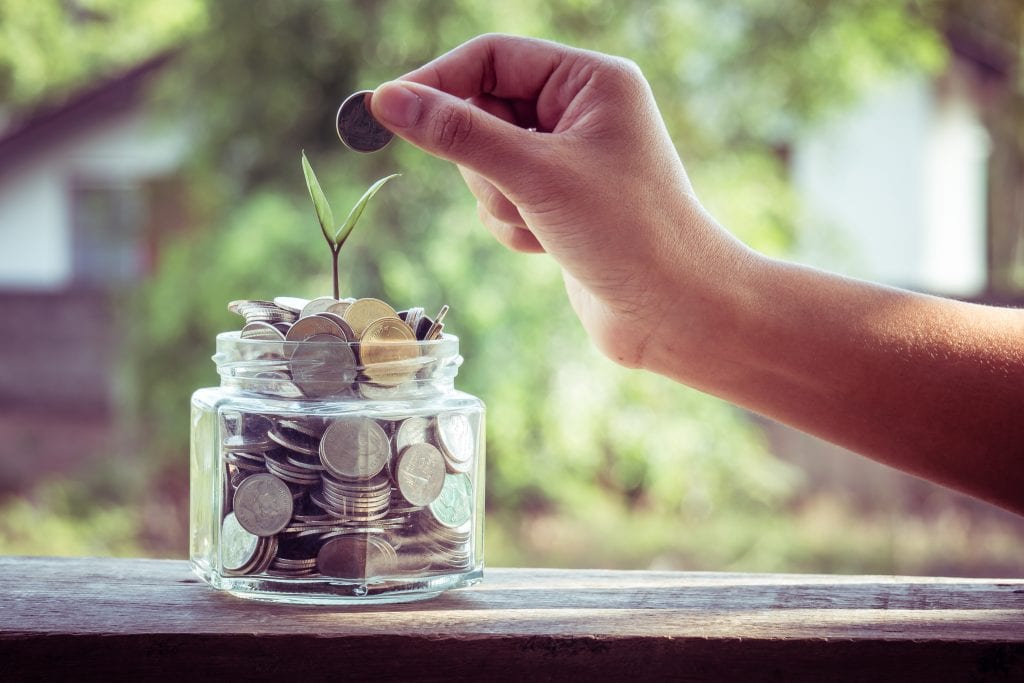As a brand-new homeowner, a whopping utility bill can feel like a punch to the gut. While house hunting, it’s normal to focus on the cost of the home and what amenities it includes, but how much the basic utilities cost isn’t always front and center during the buying process.
If that feels intimidating, there is now a way for you to get ahead of the curve. Recent research from Angi shows us which states have the highest — and lowest — utility bills each month, to help best inform you. You can even take that knowledge one step further by moving to a new place to help you stretch your dollar even further.

Common Household Utilities
While you might count your latest streaming platform subscription or GrubHub costs as essentials, electricity, water, natural gas, internet and cable are what are most often considered essential utilities. In certain areas, garbage and sewer are also charged as utilities.
Data from Angi calculated which states have the highest and lowest utility costs for electricity, water, natural gas, internet and cable, pulling data from several sources.
Some Utilities Cost More Than Others
Certain utilities cost more depending on different factors. The cost of electricity can vary widely due to the availability of fuel, costs of fuel, different power plants and state and local regulations. For example, Hawaii homeowners spend an average of $201.05 each month for electricity while Utah homeowners pay $79.13.
Natural gas prices are impacted by several factors, such as operating costs, local taxes and regulations, the distance each area is from the natural supply and local retail climate. Idaho was the clear winner in this category, with homeowners spending an average of only $6.87 per month, while those in Hawaii forked out more cash, an average of $48.44.
Water prices fluctuate, too. According to the study, Washington homeowners spend an average of $91 per month while Utah homeowners spend only $18. The general rule of thumb is that regions with easier access to water end up with lower water costs, while drier locations have higher prices.
While internet and cable haven’t always been considered a monthly utility, Angi did lump them into the category of expenses this year, and the range varies widely by state. Internet and cable spending came out at an average of $148 per month for homeowners in Alaska, and was only $92 in South Dakota.

States Where The Utility Bills Stack Up
Angi’s analysis found that people living in Alaska, Hawaii, California, New Hampshire and Connecticut pay an average of $150 to $200 more per month than homeowners in the states with the lowest utility costs.
The following states had the highest basic utility bills for homeowners in the country, according to Angi’s research:
- Hawaii ($402.49 total monthly cost)
- New Hampshire ($373.16)
- Connecticut ($370.89)
- California ($348.60)
- Alaska ($346.76)
- Virginia ($340.77)
- Mississippi ($336.58)
- Massachusetts ($325.05)
- Florida ($324.57)
- Arizona ($321.38)
States Where Homeowners Have The Lowest Utility Bills
Utah, Idaho and Montana homeowners pay the least. The states on the lower end of the spectrum net savings of roughly $2,366.52 per year when compared to the others, according to the study.
Here are the states Angi found had the lowest cost to homeowners for basic utilities:
- Utah ($205.38 total monthly cost)
- Idaho ($220.42)
- Montana ($228.16)
- New Mexico ($228.36)
- Nebraska ($232.00)
- North Dakota ($238.17)
- Iowa ($242.54)
- Illinois ($250.69)
- Colorado ($253.09)
- Oregon ($256.44)

How To Lower Your Utility Bills
There’s no need to feel hopeless if your state ranks high. As a homeowner, you can make certain changes to help save money in the long run. If your electricity bills are high, consider weatherizing your home, upgrading to energy-efficient appliances and installing a smart thermostat. Reducing your water usage can lower your monthly bills, but you might also want to make sure a pipe hasn’t sprung a leak. Of course, it never hurts to shop around to snag the best internet and cable rates either.
If your monthly utility bills have you in a worrisome spot, consider having a consultation with an energy auditor. They might be able to help you save money on your natural gas bills and in other areas. You might have more control than you think.
This story originally appeared on Don't Waste Your Money. Checkout Don't Waste Your Money for product reviews and other great ideas to save and make money.


